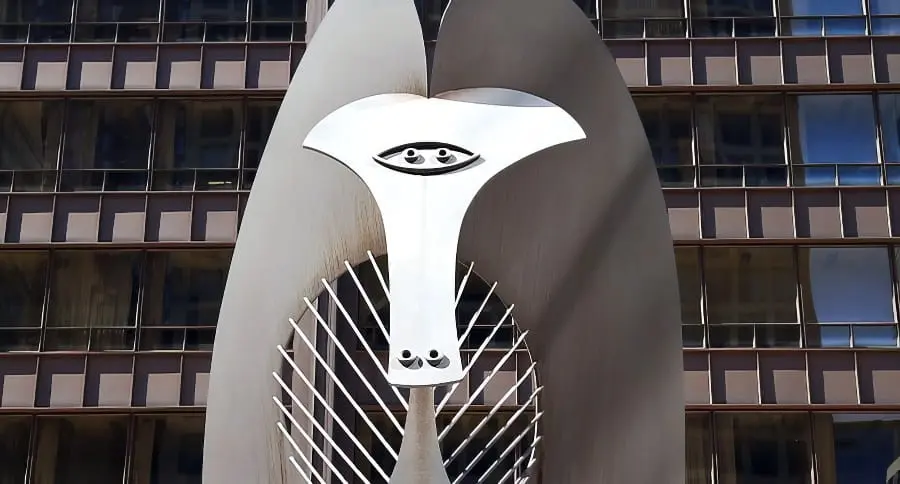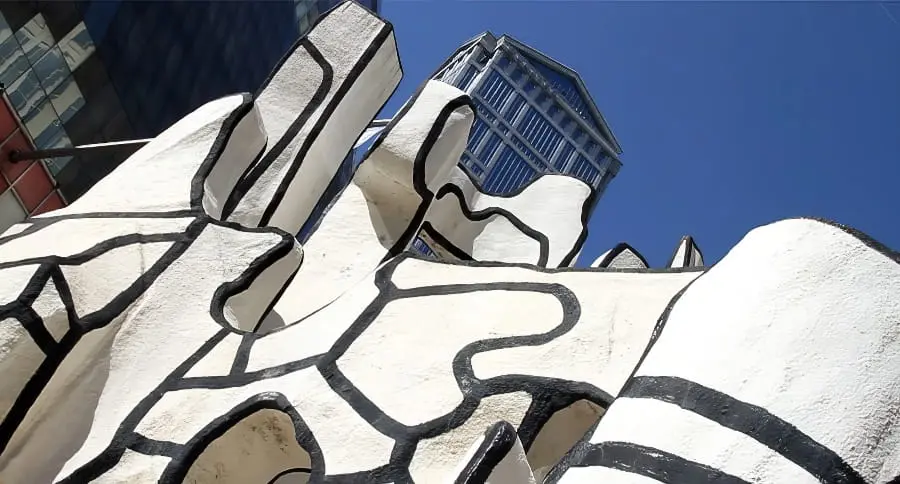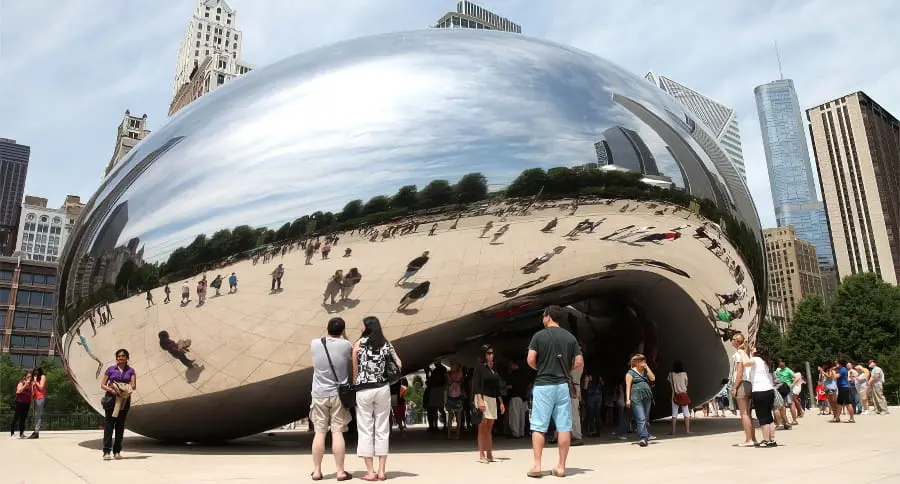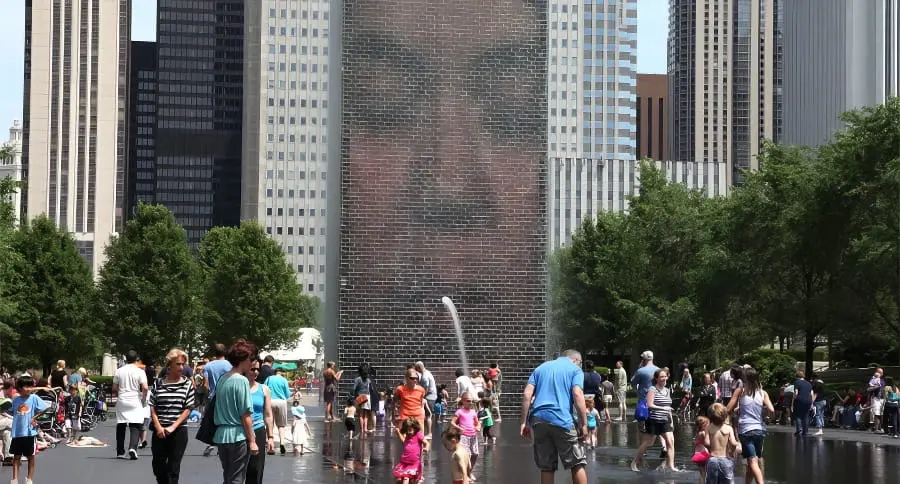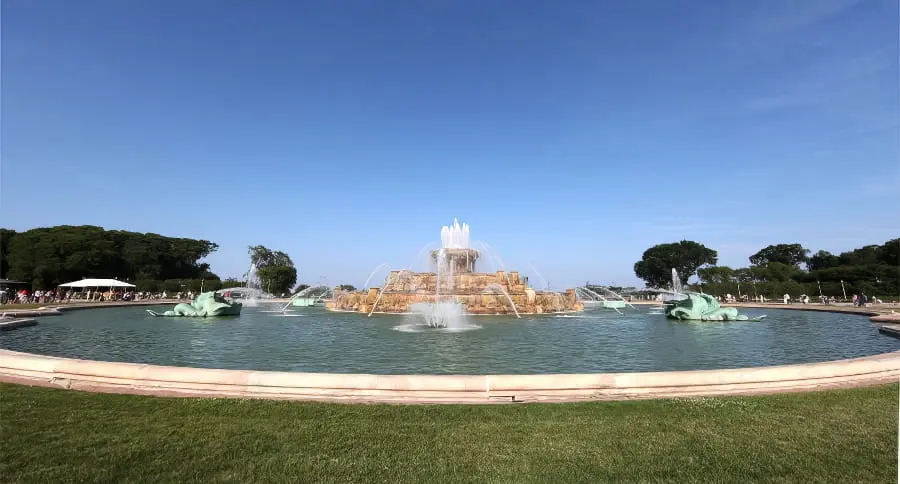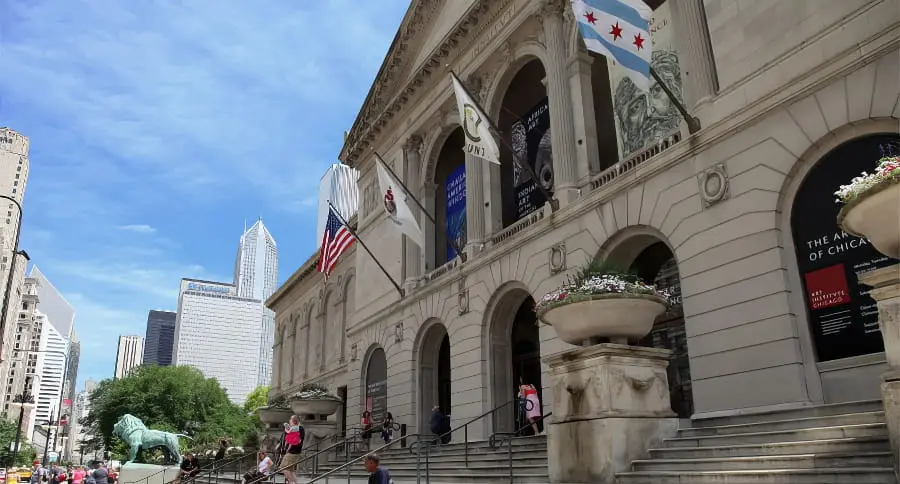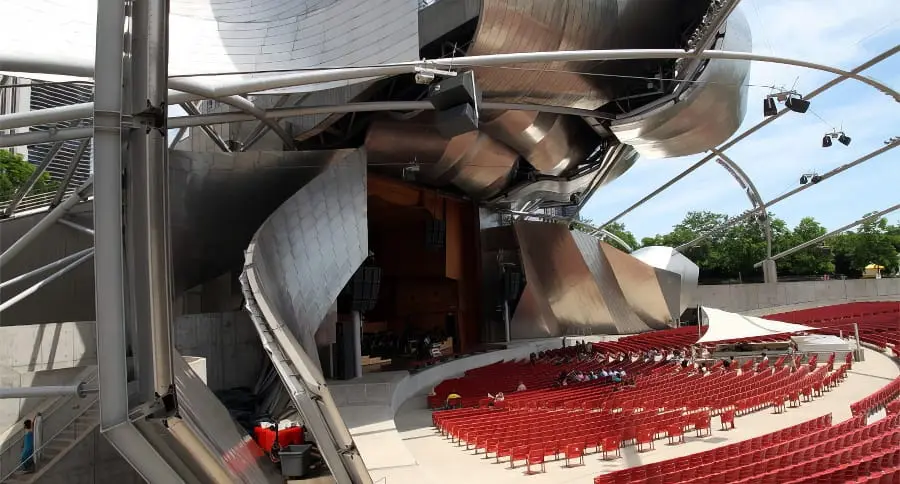Public Art in Chicago
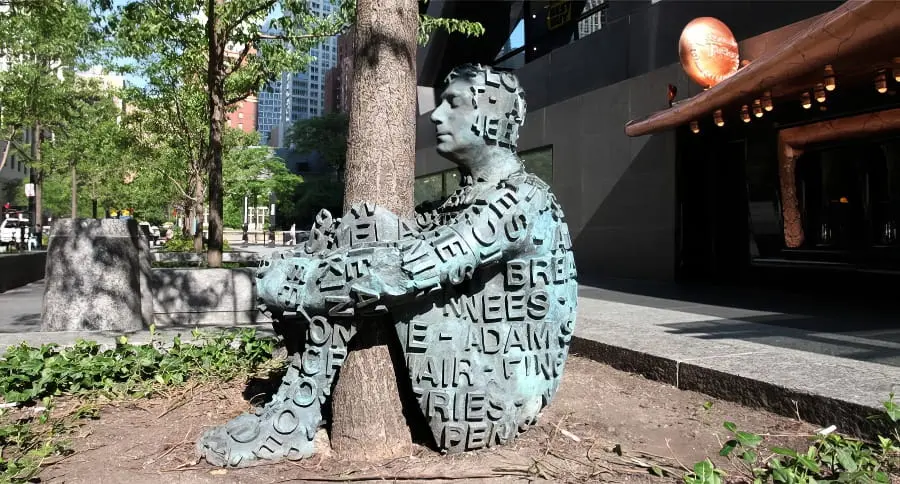
Chicago is an open-air art gallery, a pioneer of the "public art" movement that scatters astonishing installations along streets, squares, and parkways.
What Picasso really wanted to illustrate with the monumental 15-meter, 160-ton sculpture that dominates Daley Plaza is anyone's guess. Conceived in 1967, it was one of the first works of "public art" to be installed free of charge in parks, alleys, plazas and subway stations throughout the city. They are the hallmark of the city's cultural reputation, best exemplified in Millennium Park with its Cloud Gate, Crown Fountain and Jay Pritzker Pavilion, among other bold contemporary installations.
Jean DuBuffet's Monument with Standing Beast is a highly graphic composition of various white elements underlined by a thick black line. Inaugurated in 1984, it measures 8.8 meters and weighs nearly 10 tons.
Intriguing and playful, the Bean draws all generations to AT&T Plaza. If it's nicknamed "The Bean," it's a ball of liquid mercury that Anish Kapor represents here. Its 168 stainless steel plates reflect the city's skyscrapers.
The two 15-meter-high towers of the Crown Fountain caused a stir when they were first built, with critics fearing for the aesthetics of Millennium Park, where they are located. Always controversial, Jaume Plensa's video fountain is now a major attraction on Chicago's public art scene. Children can't get enough of playing among the jets of water that seem to spit giant projections of people's faces onto a streamlined black granite basin.
At the end of Grant Park, overlooking the immensity of Lake Michigan, the world's largest fountain animates its 200 or so jets every 20 minutes. In the evening, there's a sound and light show.
Also worth a look:The Art Institute of Chicago is not only one of the two most important museums in the United States, it also boasts the world's greatest collection of Impressionist art, from Monet to Van Gogh, including Matisse, Gauguin, Cézanne, Toulouse-Lautrec, Renoir and Seurat (whose "Sunday Afternoon on the Island of La Grande Jatte" is one of the highlights of the visit). The American art collection includes Edward Hopper, Mary Cassat and Grant Wood's famous painting "American Gothic," which depicts a 1930s farmer and his daughter in a rural Iowa landscape.
Designed by the mastermind behind the Guggenheim Museum in Bilbao, this massive open-air concert hall throws its metal arches over a vast lawn in front of a giant stage. It's here that the Grant Park Music Festival presents a remarkable series of classical concerts in the summer, among many other events scheduled throughout the mild season, because although it's an open-air venue, Frank Gehry has managed to give his concert hall a truly unique sound.

